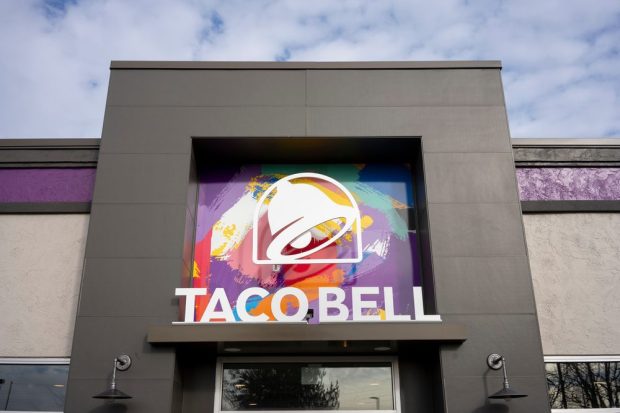QSRs Update Physical Restaurants to Drive Digital Sales

This week in restaurants, Wendy’s and Taco Bell develop new restaurant designs with an eye toward digital growth, and Checkers and Rally’s expand tests of voice artificial intelligence (AI) by adding Spanish language capabilities.
Quick-service restaurant (QSR) giant Wendy’s, which has around 7,000 locations around the world, announced Tuesday (Aug. 15) the opening of the first of its so-called “Global Next Gen” restaurants, which includes a higher-capacity kitchen with an area dedicated to fulfilling digital orders.
“The Global Next Gen future-forward design unlocks 400 times the capacity for digital orders, accelerating the System’s digital growth,” Abigail Pringle, the brand’s president, international and chief development officer, said in a statement. “By bringing Global Next Gen from cutting-edge blueprints to successful openings in less than one year, Wendy’s global structure is enabling System-wide expansion optimized to the digital age.”
The news comes as the rise of digital ordering strains restaurants’ capacity, challenging restaurants to meet more demand from their physical spaces. Findings from PYMNTS’ study “Connected Dining: Rising Costs Push Consumers Toward Pickup,” for which we surveyed more than 2,100 U.S. consumers, revealed that about half of all restaurant orders are now placed for off-premise consumption.
In a conversation with PYMNTS’ Karen Webster, Tony Smith, co-founder and CEO at restaurant management software company Restaurant365, spoke to this the challenge — and the opportunity — this has presented restaurants with.
“When we look across our base, we see dine-in, on average, making as much money as it made pre-pandemic,” Smith said. “But then, we also see … new channels … like online ordering, curbside delivery, or some of them even extended their outdoor patio, and those things are now making more money. … Why can their sales be 20% higher? Well, they’ve learned how to sell even more food out of the same square feet.”
Taco Bell Unveils New Smaller Restaurant Geared Toward Mobile Orders
Taco Bell continues to cut down its footprints while boosting its digital capacity. The QSR brand recently announced a new version of its “Go Mobile” concept, a small format with no indoor dining area, with parking spots specifically for digital ordering customers and with a pickup window and in-store pickup shelves.
“Taco Bell is growing for good. Each time a new restaurant opens, we treat it as an opportunity to do better for fans, team members and our franchise partners,” Scott Mezvinsky, the restaurant’s managing director, North America, said in a statement.
The taco chain has been relatively consistent in this approach in recent years, unveiling concepts such as a kiosk-powered, digital-only location, as well as the “Defy” concept, a two-story drive-thru model in which orders are sent down through what is effectively a mini elevator.
“As we look ahead, we’re excited by the challenge to reduce our restaurant footprint in concepts of the future, to better cater to our customers’ evolving needs,” Taco Bell’s then president and chief operating officer Mike Grams told PYMNTS in an interview two years ago.
Checkers and Rally’s Expands Voice AI with Addition of Spanish
Checkers and Rally’s Drive-in Restaurants are expanding their AI drive-thru voice ordering capabilities with the addition Spanish language ordering in partnership with QSR voice AI firm Hi Auto, the two companies announced Thursday (Aug. 17).
“With the addition of Hi Auto’s Spanish translation capabilities to our AI voice ordering technology at the drive-thru, we’re further enhancing guest interactions, increasing order efficiency and embracing our welcoming culture, Minh Le, the restaurant’s chief information officer, commented. “We’re excited to partner with Hi Auto as we continue to implement Spanish translation technology to our AI-powered drive-thrus nationwide.”
After testing the technology at five locations, the restaurant is adding the capability to more stores.
Consumers are becoming increasingly accustomed to using automated voice technologies. Research PYMNTS study “ConnectedEconomy™ Monthly Report: The Evolving Digital Daily Edition,” which draws from a February survey of more than 4,000 U.S. consumers, finds that 86 million consumers now use voice assistants each month.

